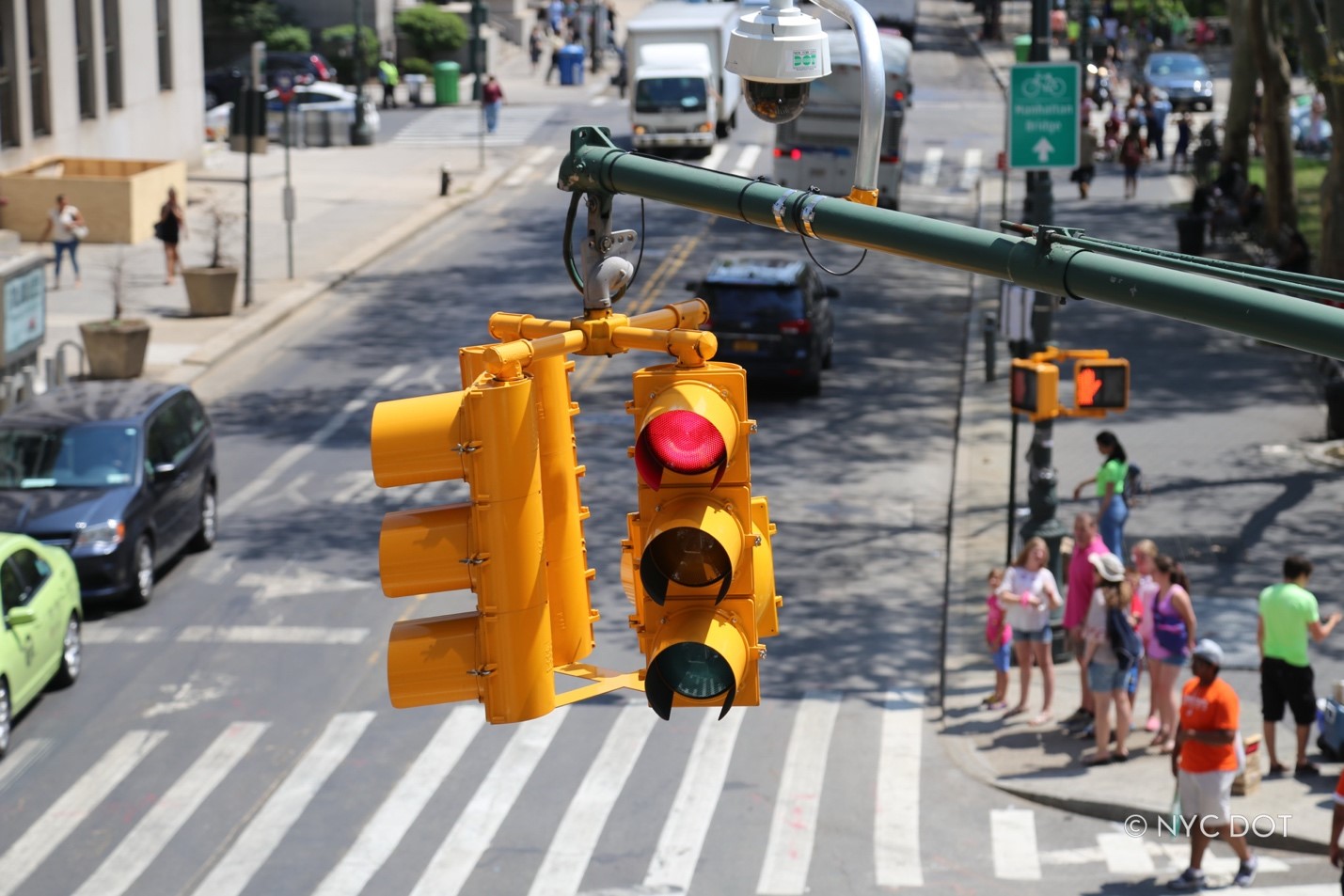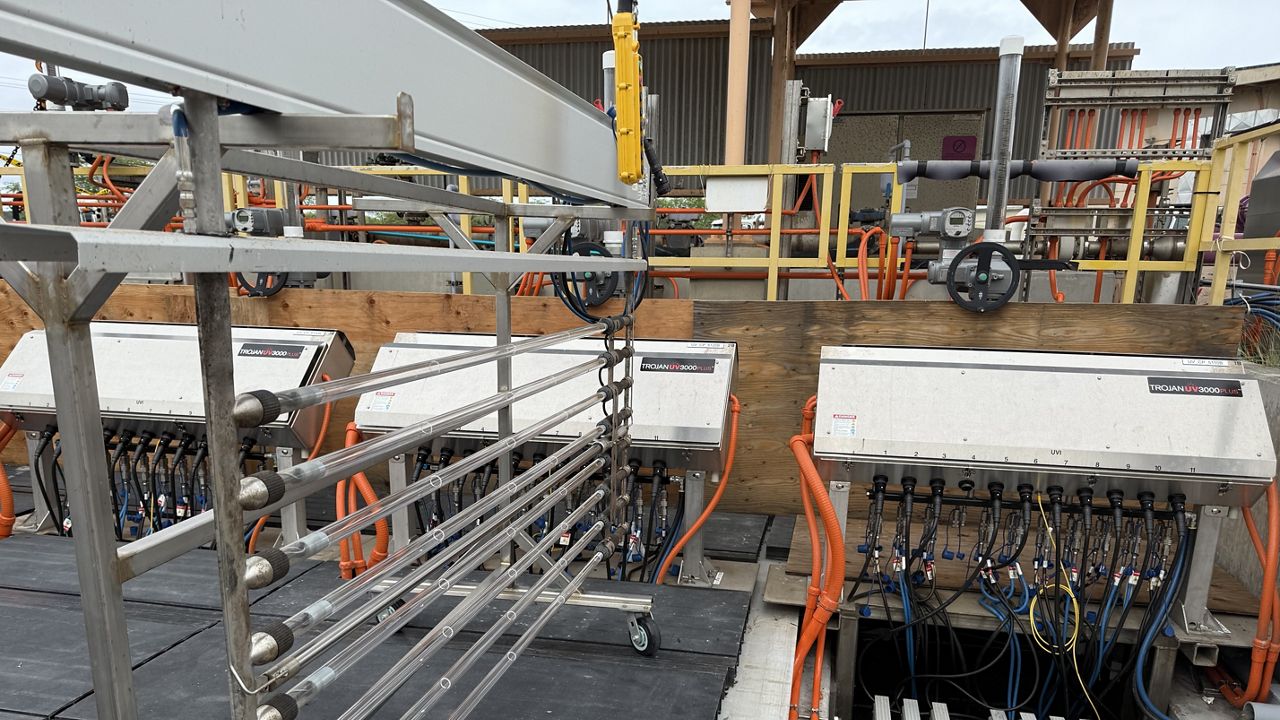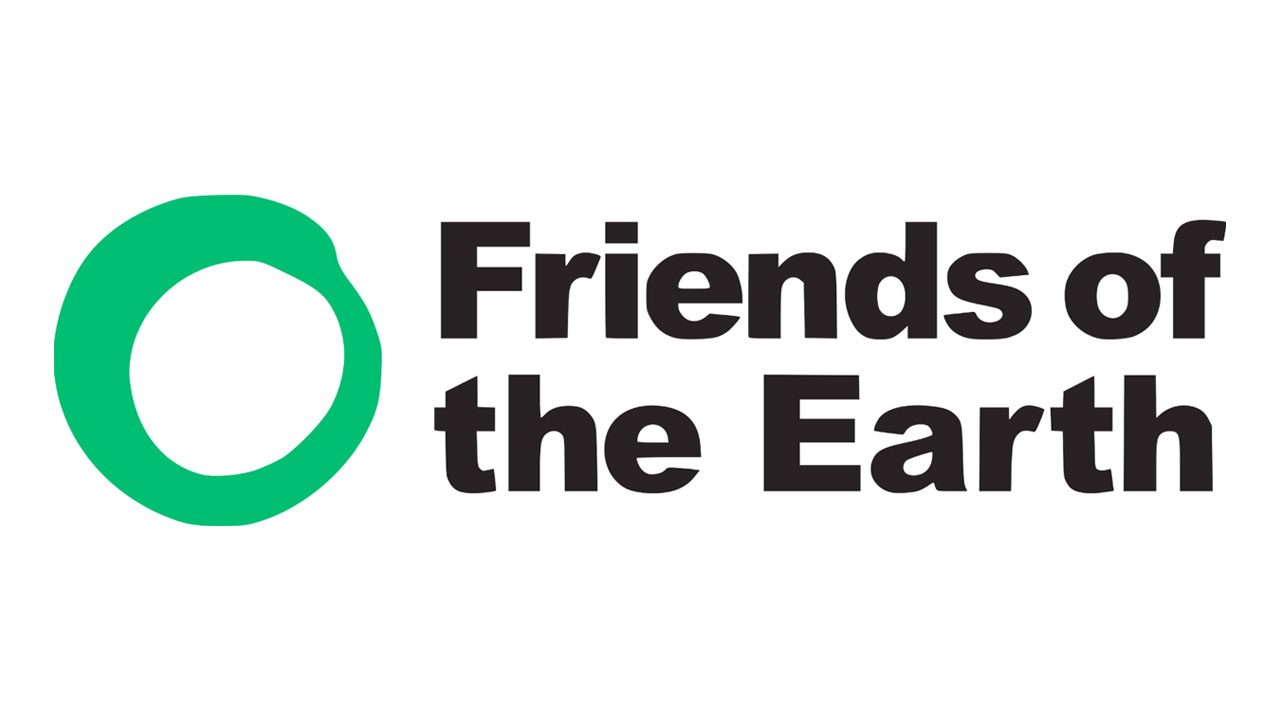Saltwater Threatens Louisiana drinking water
In August of 2023, the mayor of New Orleans has declared a state of emergency with regards to the city's supply of drinking water. Rising sea levels combined with a drought in the natural waterway has created a situation in which sea water has infiltrated up the Mississippi river and risks contaminating the drinking supply of New Orleans. Locations in which fresh water mixes with salt water is knowns as the salt line. Cities at low elevation are currently experiencing a change in the salt line. Miami's salt line has been creeping inland by 330 feet per year. New Orleans faces a similar situation. This is not limited to aboveland waterways however. Depletion of the underground aquifer along all coastlines has created a situation in which salt water from the ocean permeates the ground and has been contaminating wells throughout Los Angeles for decades. New Orleans is simply the most recent case of this event that is likely to increase in frequency as ocean temperatures rise and extreme weather events become the norm.
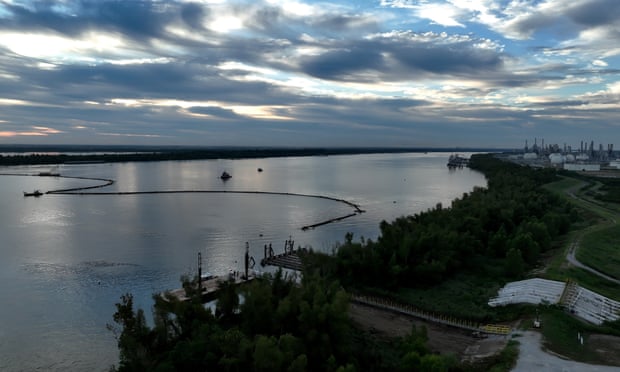
The threat to drinking water from the kind of saltwater intrusion currently creeping up the drought-hit Mississippi River towards New Orleans will increasingly be faced by coastal cities around the US, experts warn.
Louisianans have been preparing for a potential crisis because of seawater from the Gulf of Mexico penetrating the low-lying Mississippi. The mayor of New Orleans declared a state of emergency last month amid concerns about the potential health risks to the city’s drinking water, which would leave residents reliant on bottled water for cooking and cleaning.
Thousands have already been affected by rising saltwater levels: downriver from New Orleans, residents of lower Plaquemines Parish have had contaminated drinking water since June.
The Army Corps announced on Thursday that the saltwater may retreat before reaching New Orleans. But as seas rise as a result of the climate crisis, and weather events grow more extreme, the threat of saltwater reaching other major US cities grows, according to experts who spoke to the Guardian.
“It is accelerating,” said Soni Pradhanang, a hydrologist with the University of Rhode Island. “In the next five to 10 years we really need to figure out how to tackle this situation.”
Experts said the threat was widespread but they were especially concerned about cities in Louisiana, Florida, the Northeast, and California.
The salt line
Deep below our feet, along every coast, runs the salt line: the zone where fresh inland water meets salty seawater. That line naturally shifts back and forth all the time, and weather events like floods and storms can push it further out. But rising seas are gradually drawing the salt line in. In Miami, the salt line is creeping inland by about 330 feet per year. Severe drought – as the Gulf coast and midwest have been experiencing this year – draw the salt line even further in.
Coastal Louisiana may be first region in the US to reach crisis levels since it is experiencing some of the most rapid sea-level rise on Earth. As ocean surface temperatures broke records across the globe this year, this summer saw the hottest-ever Gulf waters.
In fact, the salt threatening south-east Louisiana “was a little predictable”, said Allison Lassiter, a coastal water systems researcher at the University of Pennsylvania. “It sure would have been nice to see a little bit more preparation in place.” New Orleans is now preparing to build a $250m , 12-mile pipeline, which would funnel in freshwater from further up the river.
Other regions, though, may have more time to get ahead of the salt.
Risks on every coast
“The problem is everywhere,” said Jeeban Panthi, a coastal hydrologist at Kansas State University, meaning that saltwater intrusion is occurring across every coast.
Low-lying areas, such as the Gulf coast, will be first at risk. Barrier islands such as Hilton Head, South Carolina, are also vulnerable: the island has already had to abandon 10 of its 14 water wells due to salt.

Like the Gulf, the eastern seaboard is also experiencing faster-than-average sea level rise, putting it at increased risk for saltwater intrusion. Saltwater was detected in Long Island aquifers in 2020. In southern New Jersey, hundreds of wells have been closed due to the impacts of saltwater, while wells at various Rhode Island homes now draw water too salty to drink, said Pradhanang.
And on the west coast, Los Angeles has for decades grappled with salt infiltrating the aquifers on which its residents and local agriculture depend.
Most of these areas are seeing the saltwater intrusion happen underground: when too much freshwater is pulled up from aquifers via wells, saltwater rushes in to fill the empty space left behind.
Other cities face a threat more similar to Louisiana’s: Philadelphia draws its water from the Delaware River, and faced a similar saltwater wedge scare during a 1960s drought. Under continued high rates of greenhouse-gas emissions, the salt line could reach intake points in Philadelphia and New Jersey as soon as 2050.
Still, there is little systemic monitoring of the salt line, said Panthi. No nationwide database of saltwater intrusion exists, making it more difficult to predict. As Lassiter warned: “We don’t have the science yet to identify who is most threatened.”
‘Everything is so busted open’
As seas rise, the loss of coastal wetlands exacerbates saltwater intrusion.
Herman Demoll, a fifth-generation fisher in lower Plaquemines Parish, is witnessing this firsthand. Wetlands normally help prevent saltwater from pushing inland. But recently, he said: “We’re having a lot of saltwater intrusion because our estuaries are washing out.”
“I’m seeing stuff out in the water I’ve never seen before,” DeMoll said: the wild millet and bass fish are missing; cypress trees are dying, leaving behind what Pradhanang called “ghost forests”. “Everything is so busted open that the saltwater just comes flowing in freely.”
John Sabo, director of Tulane University’s ByWater Institute, described the marsh as “our defense system against all things ocean.” When it’s destroyed, coastal communities are left more vulnerable to rising seas and salt. “Nobody’s to blame for that except the carbon emitters” driving climate change, said Sabo.
Still time to prepare
Experts say coastal communities should prepare now for the threat of salt. According to Sabo, the city of New Orleans is “going to probably see conditions like this more regularly.”
Mitigation will require long-term planning. Lassiter said every city should have a “water portfolio”, meaning a range of drinking water sources, in order to build resilience.
Sabo warned that even the proposed pipeline that would bring freshwater to New Orleans from upriver suggests “short-sighted thinking.” Desalinization, where salt is removed from drinking water, via reverse osmosis, would be a more effective permanent solution, according to him. But this can be prohibitively expensive for smaller communities like Demoll’s.
Downriver, where salt has wreaked havoc all summer, residents are all too aware that this may be the start of a longer trend. “I hate to say it, but this may be a situation that we see more often than we have in the past,” said Jeff DiMarco, director of Public Works for Plaquemines Parish.
“I hope not. But we have to plan for it.”
What is Your Reaction?
 Like
0
Like
0
 Dislike
0
Dislike
0
 Love
0
Love
0
 Funny
0
Funny
0
 Angry
0
Angry
0
 Sad
0
Sad
0
 Wow
0
Wow
0
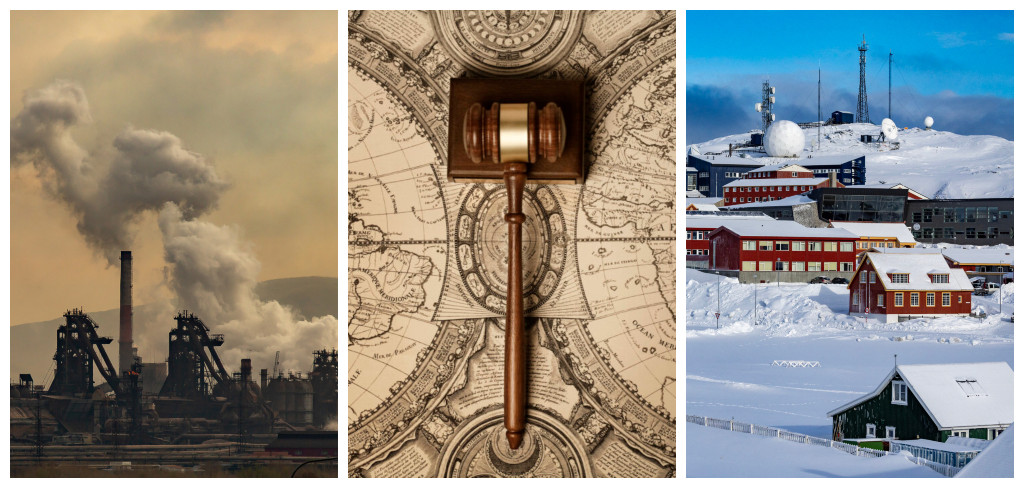











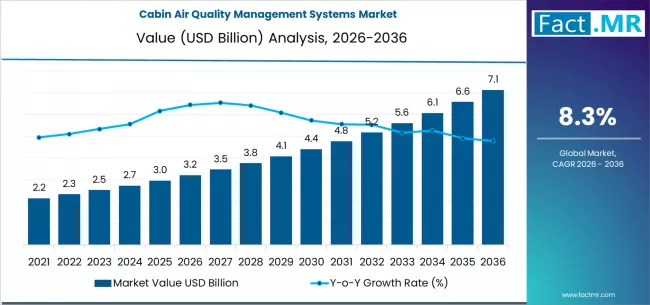

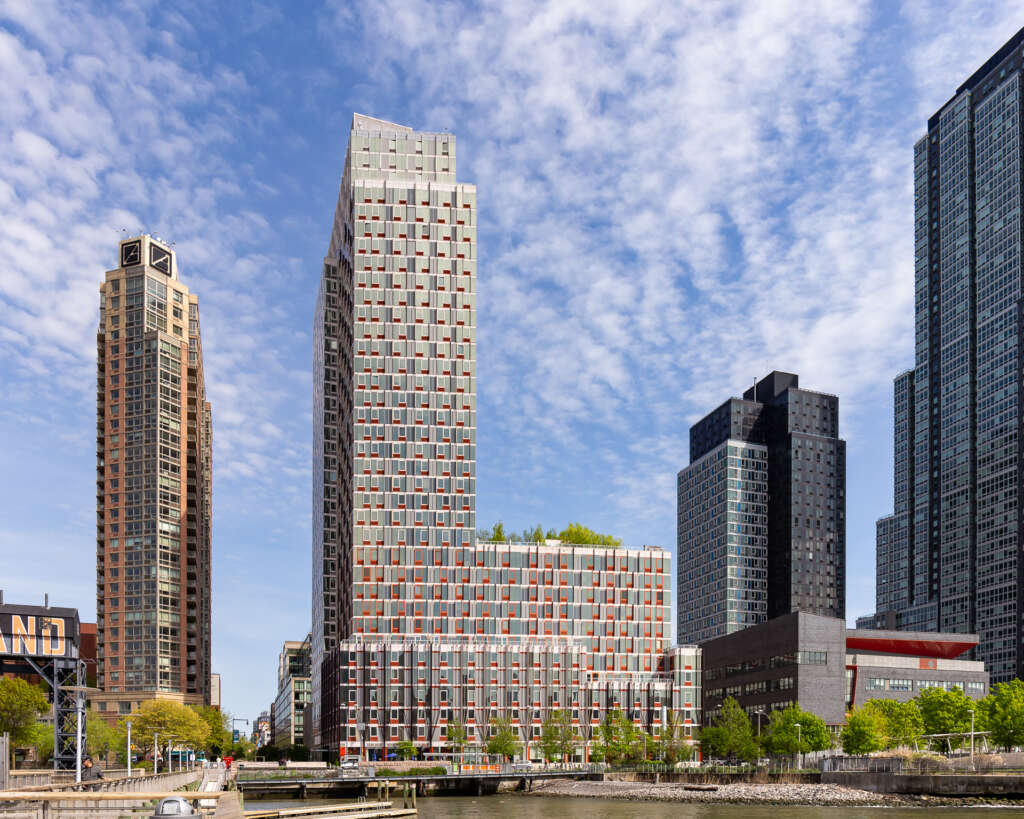













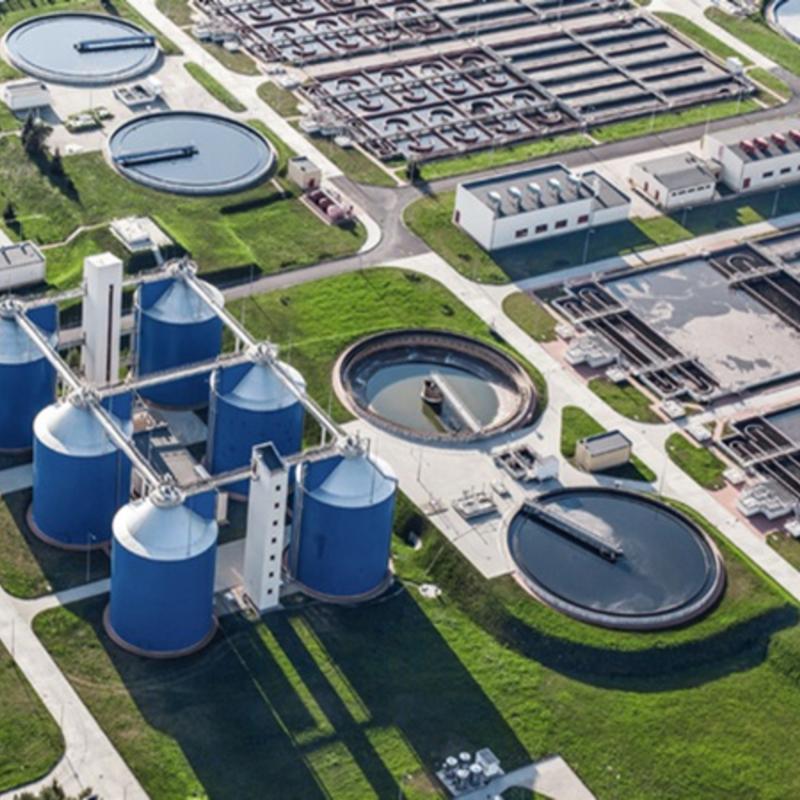





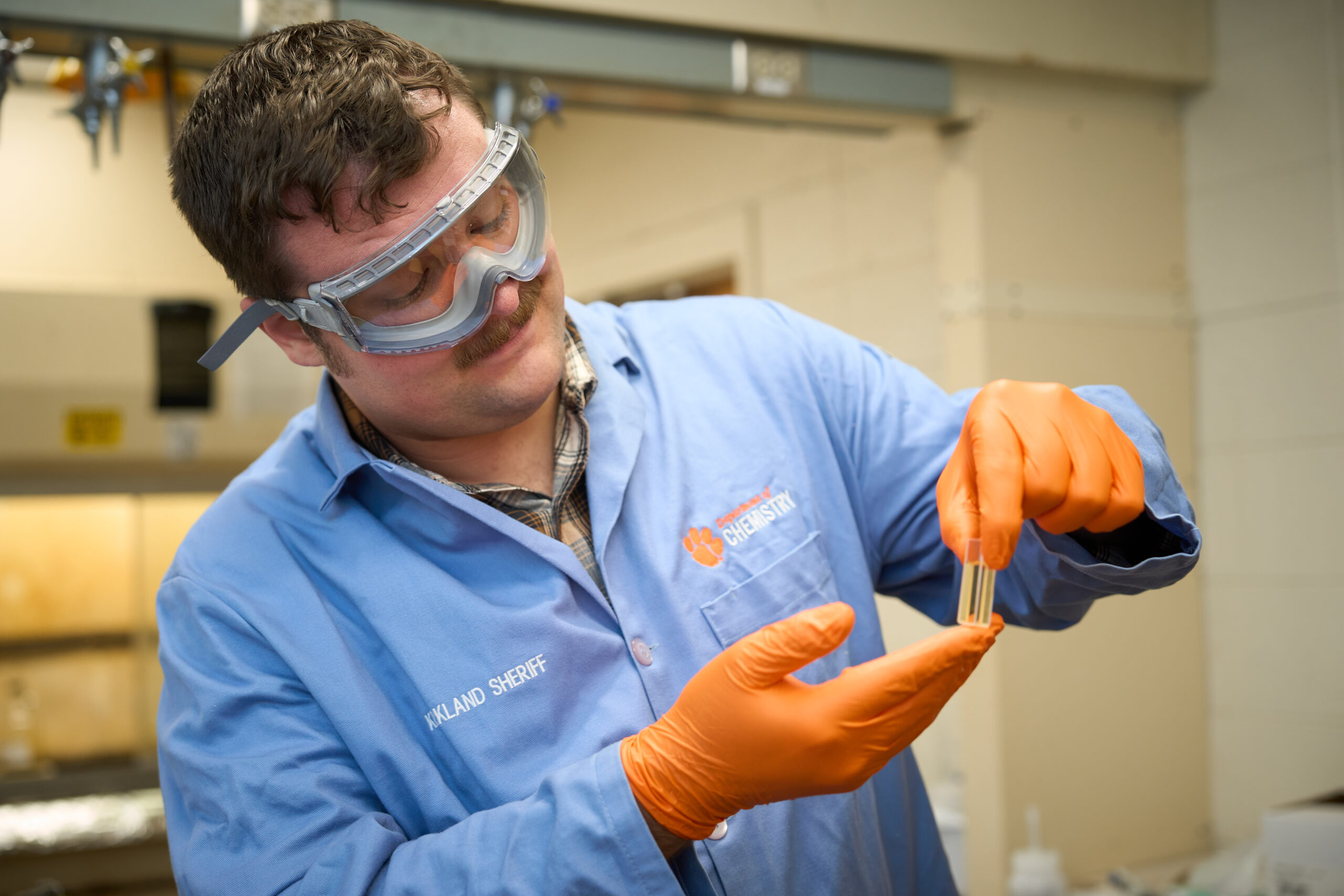









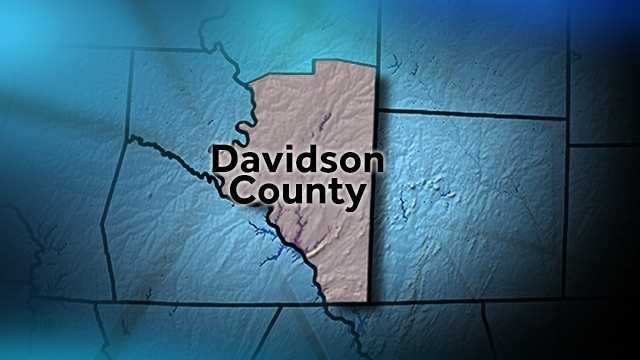

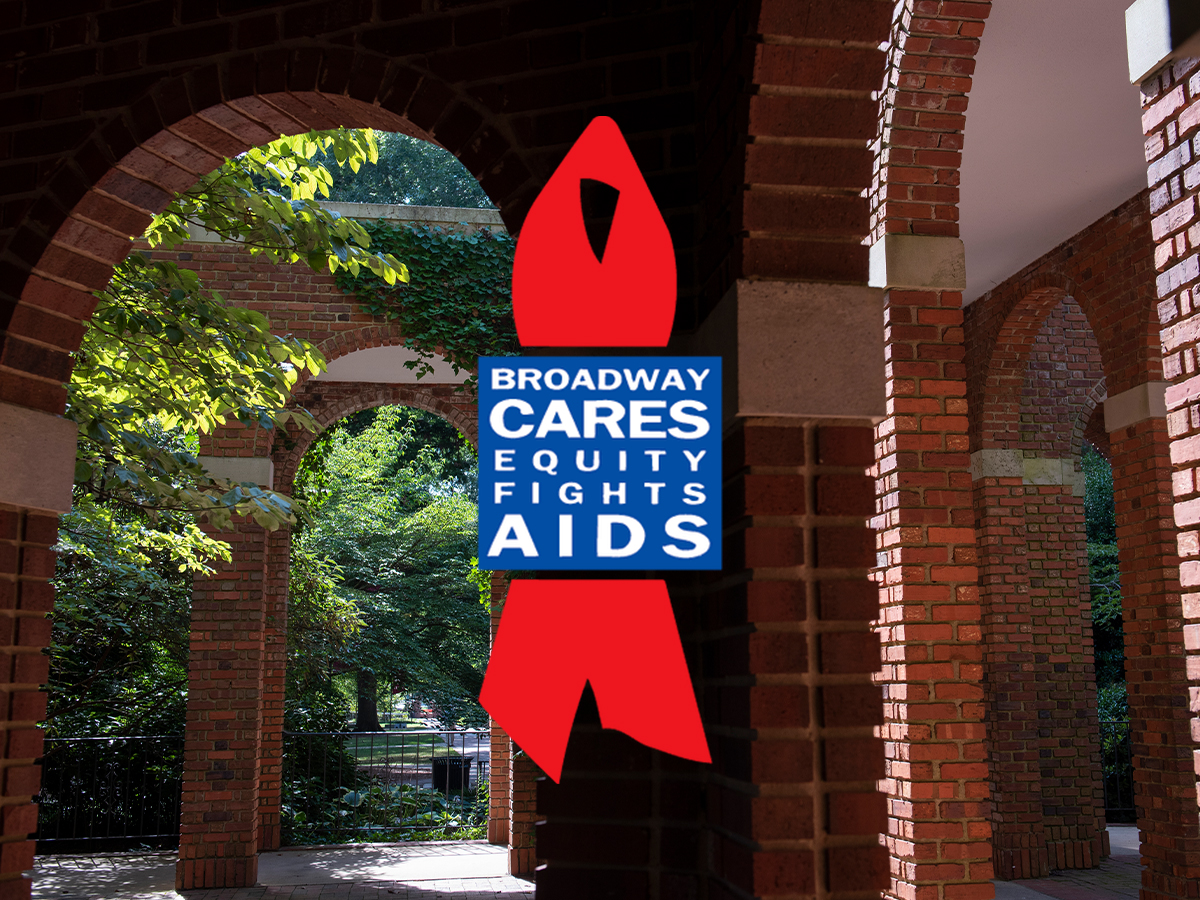




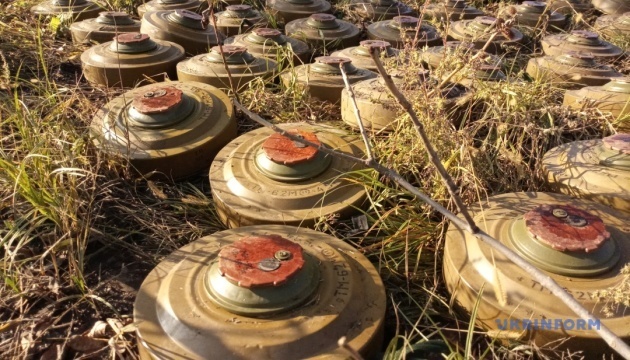
;Resize=620#)







